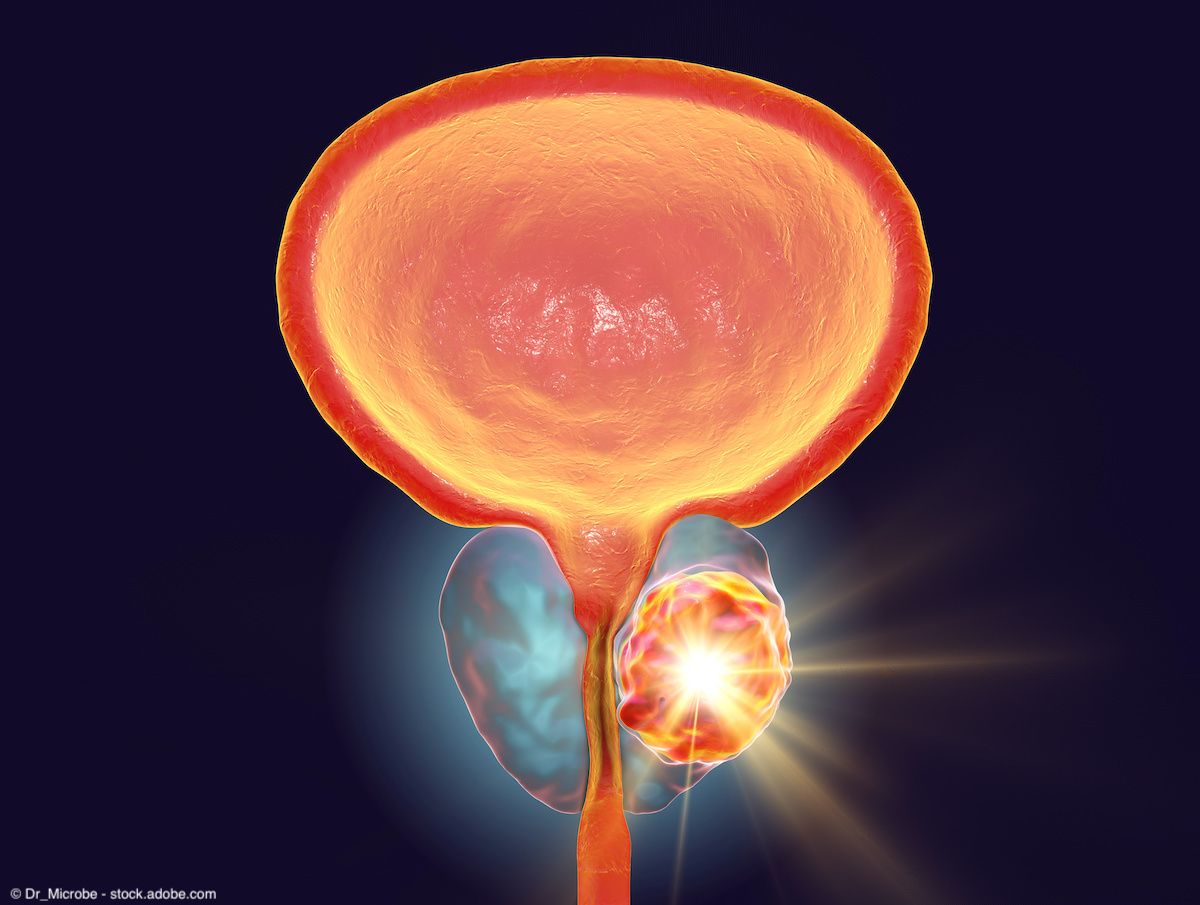News
Article
bpMRI-based AI model may enhance detection of recurrence in post-RT prostate cancer
Author(s):
"The reported bpMRI-based AI model detected the majority of locally recurrent prostate cancer after radiotherapy," the authors wrote in their study conclusion.
A novel biparametric magnetic resonance imaging (bpMRI)-based deep learning (artificial intelligence) model may enhance detection oflocal recurrence in patients with prostate cancerwith large gland volumes and those who previously received therapy (EBRT).1
“Although our findings are preliminary, they suggest that an end-to-end, bpMRI-based AI may detect and localize most of the local recurrences following an initial course of radiotherapy without requiring one of the essential components of mpMRI: DCE,” wrote Baris Turkbey, M.D., a senior clinician and radiologist at the National Cancer Institute and the National Institutes of Health in Rockville, Md., and colleagues.

In the study, researchers compared a bpMRI-based deep learning model versus prospective radiologist assessment of multiparametric MRI (mpMRI) for prostate cancer (PCa) recurrence in 62 patients (median age of 70) who had prior radiotherapy treatment for the disease. All patients in the cohort had mpMRI and subsequent MRI/ultrasound fusion-guided and/or systematic biopsy, according to the study.
Out of 46 patients who had a total of 56 recurrent PCa foci, the researchers found the deep learning model detected a total of 40 lesions in 35 patients. In comparison to prospective interpretation by radiology with mpMRI, the deep learning model had a 15.2% lower sensitivity at the patient level (76.1% vs. 91.3%) and a 16.1% lower sensitivity at the lesion level (71.4% vs. 87.5%).
The study authors also noted that in patients with prior external beam radiation treatment (EBRT), the deep learning model had an 81.5% sensitivity rate at the patient level and a 79.4% sensitivity rate at the lesion level for PCa recurrence. For patients with gland volumes greater than 34 ml, the researchers found that the deep learning model had a 100% sensitivity rate at the patient level and a 94.1% sensitivity rate at the lesion level.
“Although our findings are preliminary, they suggest that an end-to-end, bpMRI-based AI may detect and localize most of the local recurrences following an initial course of radiotherapy without requiring one of the essential components of mpMRI: DCE,” wrote Baris Turkbey, M.D., a senior clinician and radiologist at the National Cancer Institute and the National Institutes of Health in Rockville, Md., and colleagues.
“Moreover, avoiding contrast injection with the application of this bpMRI-based AI-detection algorithm could render more frequent, routine imaging a viable strategy in the post-radiotherapy surveillance. This may serve as a companion to PSA monitoring to possibly allow for early detection and intervention for the subgroup of patients with locally recurrent prostate cancer.”
The study authors pointed out that the mean prostate volume in the study cohort (27.55 ml) was less than half of that in the in the training set for the deep learning model (60 ml), and that prior treatments of EBRT and brachytherapy both contribute to significantly reduced gland volume. Turkbey and colleagues also suggested the lesions may be more apparent on MRI for patients with a higher gland volume.
“It is worth noting that we have observed better detection performance of AI in EBRT patients, and their median gland volume (30.35 ml) was higher than patients who received brachytherapy (25.5 ml). Thus, rather than a direct association between the prostate size and AI detection rate, the technique of treatment could be the primary factor impacting both the AI model performance and the gland size,” added Turkbey and colleagues.
In regard to study limitations, the authors acknowledged the relatively small sample size drawn from a single institution. Noting that the AI model in the study prohibited predictions outside of prostate segmentation, the study authors explained that the model could not detect tumors in the seminal vesicles. The researchers also acknowledged that reported false positive rates with the AI model may have been inflated as a result of the authors identifying AI predictions outside of the targeted biopsy region as false positives in patients who did not have a systematic biopsy.
Reference
1. Yilmaz EC, Harmon SA, Belue MJ et al. Evaluation of a Deep Learning-based Algorithm for Post-Radiotherapy Prostate Cancer Local Recurrence Detection Using Biparametric MRI [published online ahead of print September 13, 2023]. Eur J Radiol. doi: 10.1016/j.ejrad.2023.111095
Newsletter
Stay current with the latest urology news and practice-changing insights — sign up now for the essential updates every urologist needs.
















